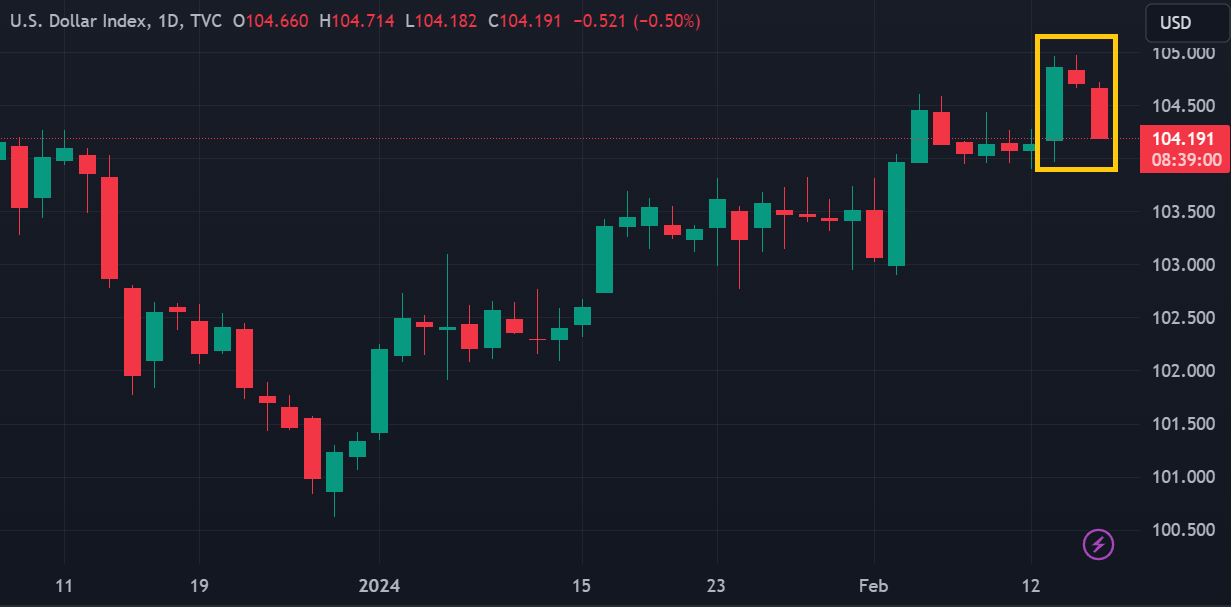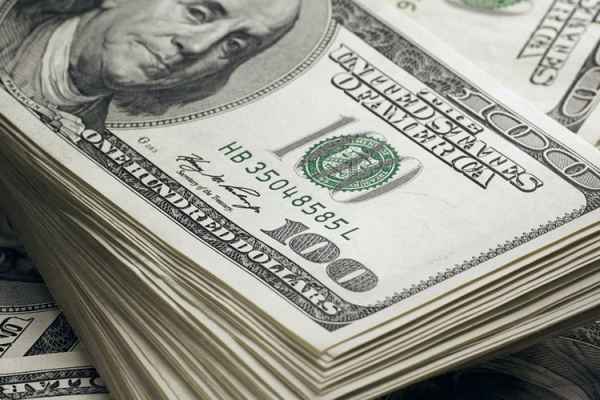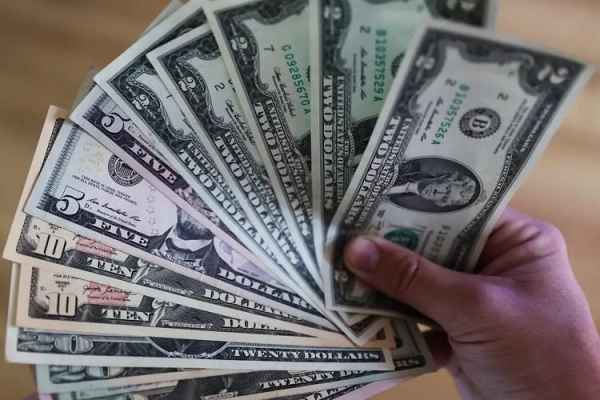The fall of the US dollar is not only related to the missed US retail sales data, but also the statement of a Fed official.
Profit-taking hit the greenback following the release of retail sales data in Thursday's New York session (15/February). The US Dollar Index (DXY) tumbled 0.50% to 104.19 after a three-month high on Wednesday. The US dollar's fall was related to the missed US retail sales data and a statement by a Fed official.

US dollar buyers have recently been spoiled by unexpectedly superior data, including US Nonfarm Payroll and CPI Inflation data. However, today's US retail sales data release was a huge miss.
US retail sales recorded -0.8% (month-over-month) in January 2024. The previous consensus expected a slowdown of -0.2% only. Core retail sales data also posted a slowdown twice as severe as the consensus estimate in January.
Several other economic reports from Uncle Sam's country released today portrayed a mixed situation. Industrial production and manufacturing missed the mark, while weekly jobless claims and the Philly manufacturing index remained bright.
These reports did not significantly impact the Fed's interest rate speculation. The majority still expect the Fed to start lowering interest rates in the middle of this year. However, the retail sector's red report card triggered profit-taking in major currency pairs.
Market participants were also somewhat shaken by Chicago Fed President Austan Goolsbee's statement, which was more dovish than his colleagues. Goolsbee warned that the central bank should be careful not to wait too long before cutting interest rates.
"Some analysts and economists were quick to dismiss the report (CPI inflation) as a one-off, with even US Federal Reserve member Austan Goolsbee saying that markets should not take the CPI numbers alone into account. The disinflationary path to rate cuts is still intact and a rate cut is imminent," says FXStreet's Filip Lagaart, "In terms of economic data, Retail Sales confirmed what US Fed member Austan Goolsbee said about the overall picture of the US economy.

 Dedicated FREE FOREX VPS
Dedicated FREE FOREX VPS Free FOREX Virtual Private Server
Free FOREX Virtual Private Server MT4 Demo Contest, Get $500
MT4 Demo Contest, Get $500 Sign Up for an Account, Claim 60% Deposit Bonus
Sign Up for an Account, Claim 60% Deposit Bonus Free MT4/MT5 VPS 2024
Free MT4/MT5 VPS 2024 Send E-mail and Get Free Merchandise
Send E-mail and Get Free Merchandise $1K Refer a Friend Bonus for Pepperstone Pro clients
$1K Refer a Friend Bonus for Pepperstone Pro clients Maximize Your Earnings with 100% Deposit bonus
Maximize Your Earnings with 100% Deposit bonus Trade to Win, $5,000 Monthly Demo Contest
Trade to Win, $5,000 Monthly Demo Contest Claim 30% + 15% Deposit Bonus from LiteFinance
Claim 30% + 15% Deposit Bonus from LiteFinance






